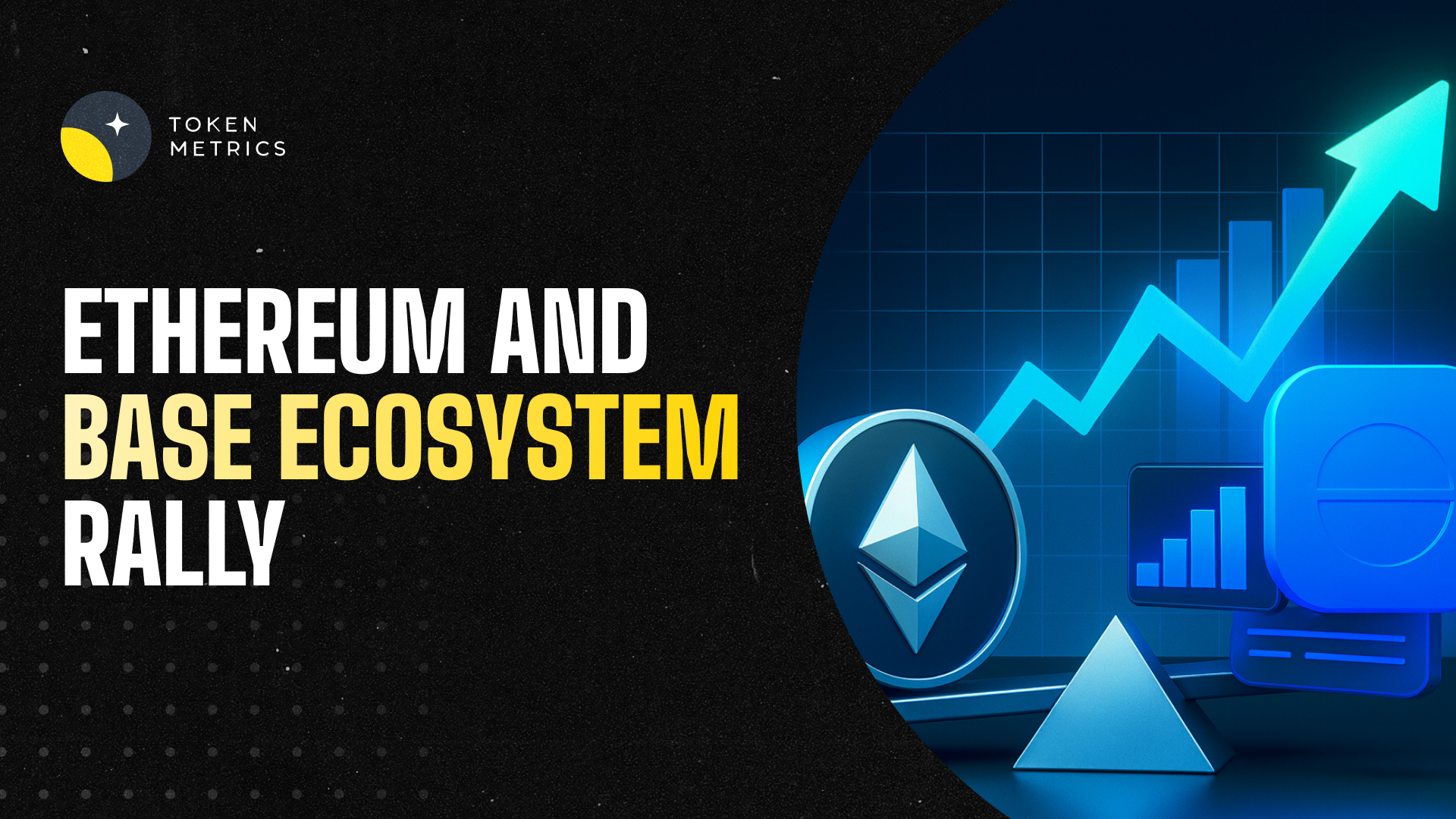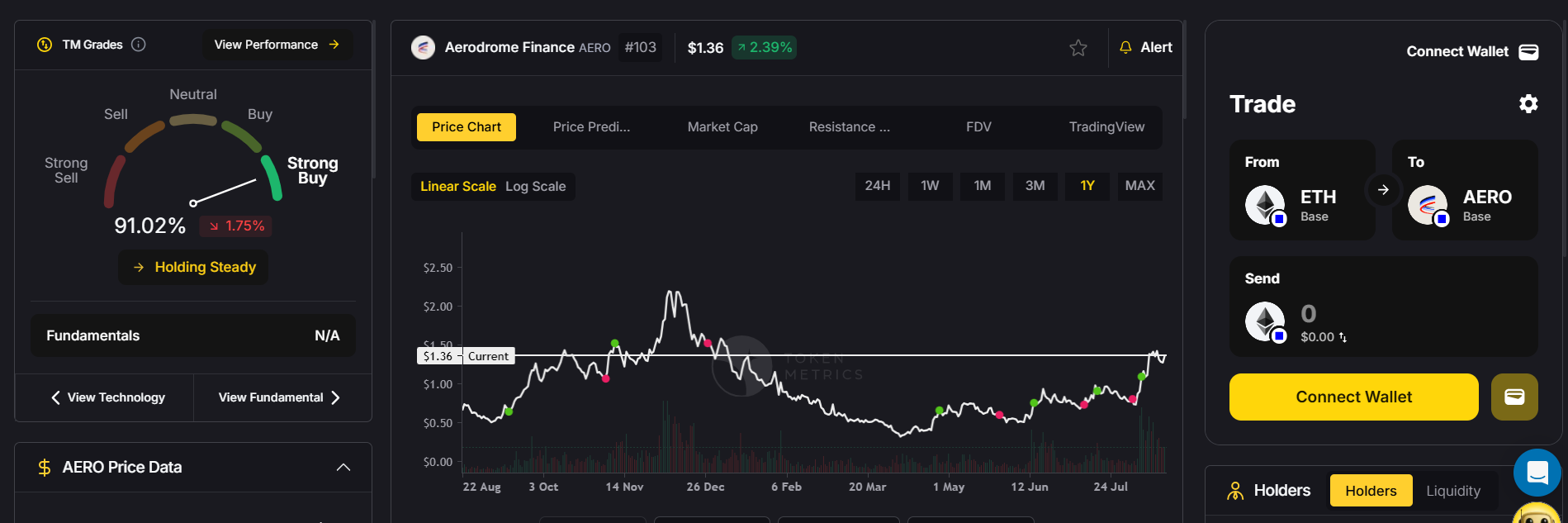Golden Crossing Pattern - What It Is and How to Identify It?

In the world of crypto trading, technical analysis is a popular method for predicting the future price movements. One of the most well-known term in technical indicators is the "golden cross," which occurs when the short-term moving average of a cryptocurrency's price crosses above its long term moving average. While this pattern is not a guaranteed predictor of future price increases, many traders use it as a part of their overall trading strategy.
In this blog post, we will explore the concept of the golden cross in more detail, including what it is, how it works, and some of the potential risks and strategies of using this pattern in cryptocurrency trading.
What is Golden Crossing?
Golden Crossing is a technical analysis term used in financial markets to describe a bullish trend signal that occurs when a shorter-term moving average crosses above a longer-term moving average. The term "golden" represents this crossover's positive sentiment among traders and investors.
What Does a Golden Crossing Indicate?
A Golden Cross occurs when a shorter-term moving average (such as the 50-day moving average) crosses above a longer-term moving average (such as the 200-day moving average).
This crossing is thought to indicate that the stock's price has been trending higher in the short term and is likely to continue in the longer term. This is considered a bullish signal in technical analysis.
How to Identify a Golden Cross?
To identify a Golden Cross on a chart, you will need to plot two moving averages with different periods. The most common combination used to identify a Golden Cross is the 50-day moving average and the 200-day moving average.
Here are the steps to identify a Golden Cross on a chart:
- Open a chart for the crypto asset you want to analyze.
- Select the time frame for the graph (e.g., daily, weekly, monthly).
- Plot the 50-day moving average and the 200-day moving average on the chart.
- Look for where the 50-day moving average crosses above the 200-day moving average.
- This point where the 50-day moving average crosses above the 200-day moving average is the Golden Cross.

Once you have identified the Golden Cross, you can use it as a signal to buy the crypto asset.
However, as we mentioned earlier, it is important to consider other factors before making an investment decision and not solely rely on a single technical analysis tool.
How to Use the Golden Cross Strategy?
The Golden Cross strategy is a technical analysis tool traders and investors use to identify potential buy signals in financial markets. Here are some steps to use the Golden Cross strategy:
- Identify the Golden Cross: As we mentioned, the Golden Cross occurs when the shorter-term moving average (e.g., 50-day moving average) crosses above the longer-term moving average (e.g., 200-day moving average).
- Confirm the signal: Traders and investors usually use other technical analysis tools to confirm the Golden Cross signal, such as the Relative Strength Index (RSI), Moving Average Convergence Divergence (MACD), or price patterns like support and resistance levels.
- Consider fundamental analysis: It is essential to consider the fundamental analysis of the asset, such as earnings reports, financial statements, market trends, and economic indicators. The Golden Cross strategy should be one of many factors in your investment decision.
- Plan the trade: Once you have identified the Golden Cross and confirmed the signal, you can plan your trade. Set your entry point, stop loss and target price based on your risk tolerance and investment goals.
- Manage the trade: Monitoring the transaction regularly and adjusting your stop loss and target price based on market conditions is important. Traders and investors use trailing stop losses to protect their profits and manage risks.
Note: It is important to note that the Golden Cross strategy does not guarantee success, and traders and investors should always be aware of the risks involved in trading and investing. As with any trading strategy, conducting proper research, managing risk, and having a well-defined trading plan are essential.
7 Best Golden Cross Trading Strategies
Here are seven Golden Cross trading strategies that traders and investors can use to identify potential buy signals in financial markets:
- Simple Golden Cross: This basic Golden Cross strategy occurs when the 50-day moving average exceeds the 200-day moving average. Traders use this strategy to identify a bullish trend and enter a long position.
- Multiple Moving Averages: Traders can use various moving averages, such as the 20-day, 50-day, and 200-day moving averages, to confirm the Golden Cross signal. If all moving averages cross above each other, it can demonstrate a strong bullish trend.
- Golden Cross with Relative Strength Index (RSI): Traders can use the RSI indicator to confirm the Golden Cross signal. If the RSI crosses above the 50 levels simultaneously with the Golden Cross, it can indicate a strong bullish trend.
- Golden Cross with Moving Average Convergence Divergence (MACD): Traders can use the MACD indicator to confirm the Golden Cross signal. If the MACD line crosses above the signal line simultaneously with the Golden Cross, it can indicate a strong bullish trend.
- Golden Cross with Support and Resistance Levels: Traders can use support and resistance levels to confirm the Golden Cross signal. If the asset’s price breaks above a key resistance level simultaneously with the Golden Cross, it can indicate a strong bullish trend.
- Golden Cross with Volume: Traders can use volume to confirm the Golden Cross signal. If the asset’s price exceeds the moving averages with high volume, it can indicate a strong bullish trend.
- Golden Cross with Candlestick Patterns: Traders can use candlestick patterns, such as bullish engulfing or morning star patterns, to confirm the Golden Cross signal. If a bullish candlestick pattern forms at the same time as the Golden Cross, it can indicate a strong bullish trend.
Some Classic Examples Of Golden Cross
Here are some examples of Golden Cross signals that have occurred in financial markets:
- Bitcoin (BTC): In April 2019, Bitcoin experienced a Golden Cross signal when the 50-day moving average crossed above the 200-day moving average. This signal indicated a potential bullish trend in Bitcoin's price. Traders who entered a long position in Bitcoin at this point would have profited from the subsequent rise in Bitcoin's price.
- Apple Inc. (AAPL): In April 2019, Apple's stock price experienced a Golden Cross signal when the 50-day moving average exceeded the 200-day moving average. This signal indicated a potential bullish trend in Apple's stock price. Traders who entered a long position would have profited from the subsequent Apple stock price rise.
- Gold (XAU): In June 2019, Gold experienced a Golden Cross signal when the 50-day moving average crossed above the 200-day moving average. This signal indicated a potential bullish trend in Gold's price. Traders who entered a long position in Gold would have profited from the subsequent rise in Gold's price.
Observing past performance does not indicate future results, so conduct your research, understand the risks involved, and dive deep into investing. The Golden Cross signal is just one tool among many that traders and investors use to identify potential buy signals in financial markets.
Risks Associated With Golden Cross Strategy
Like any trading strategy, the Golden Cross strategy also comes with risks that traders and investors should be aware of:
- False Signals: The Golden Cross signal does not guarantee future market performance. Traders and investors should research and analyze well before entering a trade, as false signals can occur.
- Delayed Entry: The Golden Cross signal occurs after the start of a new trend, which means traders and investors who rely on this signal may enter the market later than those who use other indicators or strategies. This can result in missed opportunities or lower potential profits.
- Market Volatility: The Golden Cross signal may be less effective during periods of market volatility, as the moving averages may cross frequently and produce false signals. Traders and investors should adjust their trading strategies to reflect current market conditions.
- Whipsaw Effects: The Golden Cross signal may produce whipsaw effects, where the market reverses shortly after the signal. Traders and investors should use other technical analysis tools and risk management techniques to mitigate this risk.
This is why traders and investors should carefully consider the risks associated with the Golden Cross strategy and their own risk tolerance and investment objectives before using this strategy in financial markets.
The Bottom Line
All indicators, in general, are considered to show some ‘lag’, and that no indicator can actually predict the future. It is also observed that the golden cross often produces a false signal leading to regular failure in its predicting power.
Therefore, a golden cross should always be followed by confirmation from other signals and indicators before fixating on a trade. This is why we use more than 50 data points in our AI-based models to predict the cryptocurrency market correctly, here at Token Metrics.
The key to using golden cross - including additional filters and indicators - is to always use proper risk parameters and ratios. Remember that your risk-to-reward ratio has got to be in your favour to yield better results than just following the cross blindly.
Create Your Free Token Metrics Account

.png)




%201.svg)
%201.svg)


%201.svg)













.svg)




.png)